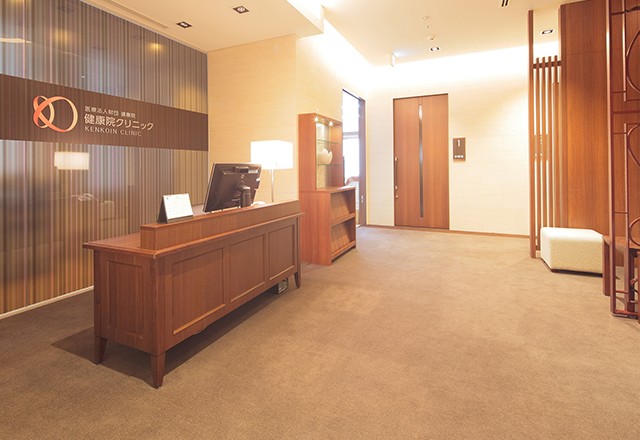Procedures, Risk & Recovery
1) Main Procedural Steps
Step 1. Fat harvesting
A small amount of fat is gently removed from your own body, usually from areas like the abdomen or thighs. (In some cases, donor or processed fat products may be available.)
Step 2. Processing the fat
The fat is carefully purified to remove excess fluids, oils, and damaged cells, leaving behind healthy, viable fat for transfer.
Step 3. Re-injection
The refined fat is re-injected in tiny, precise amounts across multiple layers to achieve natural, even volume.
Step 4. Dressing the sites
Both the donor and recipient areas are dressed and cared for to support smooth healing.
2) Recovery
1. Swelling and bruising
It’s normal to experience some local swelling and bruising at both the donor and treatment sites for 1–2 weeks after the procedure.
2. Final results
The transferred fat gradually settles, and the final volume and contour typically become visible within 3–6 weeks.
3) Benefits
1. Volume retention - the results can last for years.
2. Use your own tissue - so low allergy risk
3. Feels natural
4) Risks
1. It's a surgical procedure so there are inherent risks with infection
2. Oil cysts or lumps could develop.
3. Fat could dissolve so may require repeat procedures.
Sources:
[1] https://www.nhs.uk/tests-and-treatments/cosmetic-procedures/cosmetic-surgery/surgical-fat-transfer/?utm_
[2] https://www.mdpi.com/2227-9032/11/10/1391?utm_
[3] https://bmccancer.biomedcentral.com/articles/10.1186/s12885-022-09485-5?utm_
1) Main Procedural Steps
Step 1. Fat harvesting
A small amount of fat is gently removed from your own body, usually from areas like the abdomen or thighs. (In some cases, donor or processed fat products may be available.)
Step 2. Processing the fat
The fat is carefully purified to remove excess fluids, oils, and damaged cells, leaving behind healthy, viable fat for transfer.
Step 3. Re-injection
The refined fat is re-injected in tiny, precise amounts across multiple layers to achieve natural, even volume.
Step 4. Dressing the sites
Both the donor and recipient areas are dressed and cared for to support smooth healing.
2) Recovery
1. Swelling and bruising
It’s normal to experience some local swelling and bruising at both the donor and treatment sites for 1–2 weeks after the procedure.
2. Final results
The transferred fat gradually settles, and the final volume and contour typically become visible within 3–6 weeks.
3) Benefits
1. Volume retention - the results can last for years.
2. Use your own tissue - so low allergy risk
3. Feels natural
4) Risks
1. It's a surgical procedure so there are inherent risks with infection
2. Oil cysts or lumps could develop.
3. Fat could dissolve so may require repeat procedures.
Sources:
[1] https://www.nhs.uk/tests-and-treatments/cosmetic-procedures/cosmetic-surgery/surgical-fat-transfer/?utm_
[2] https://www.mdpi.com/2227-9032/11/10/1391?utm_
[3] https://bmccancer.biomedcentral.com/articles/10.1186/s12885-022-09485-5?utm_












